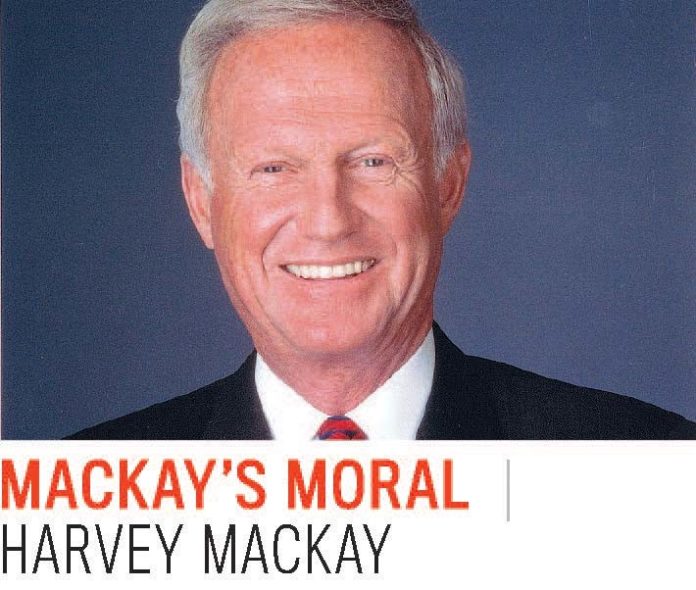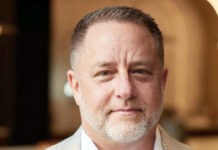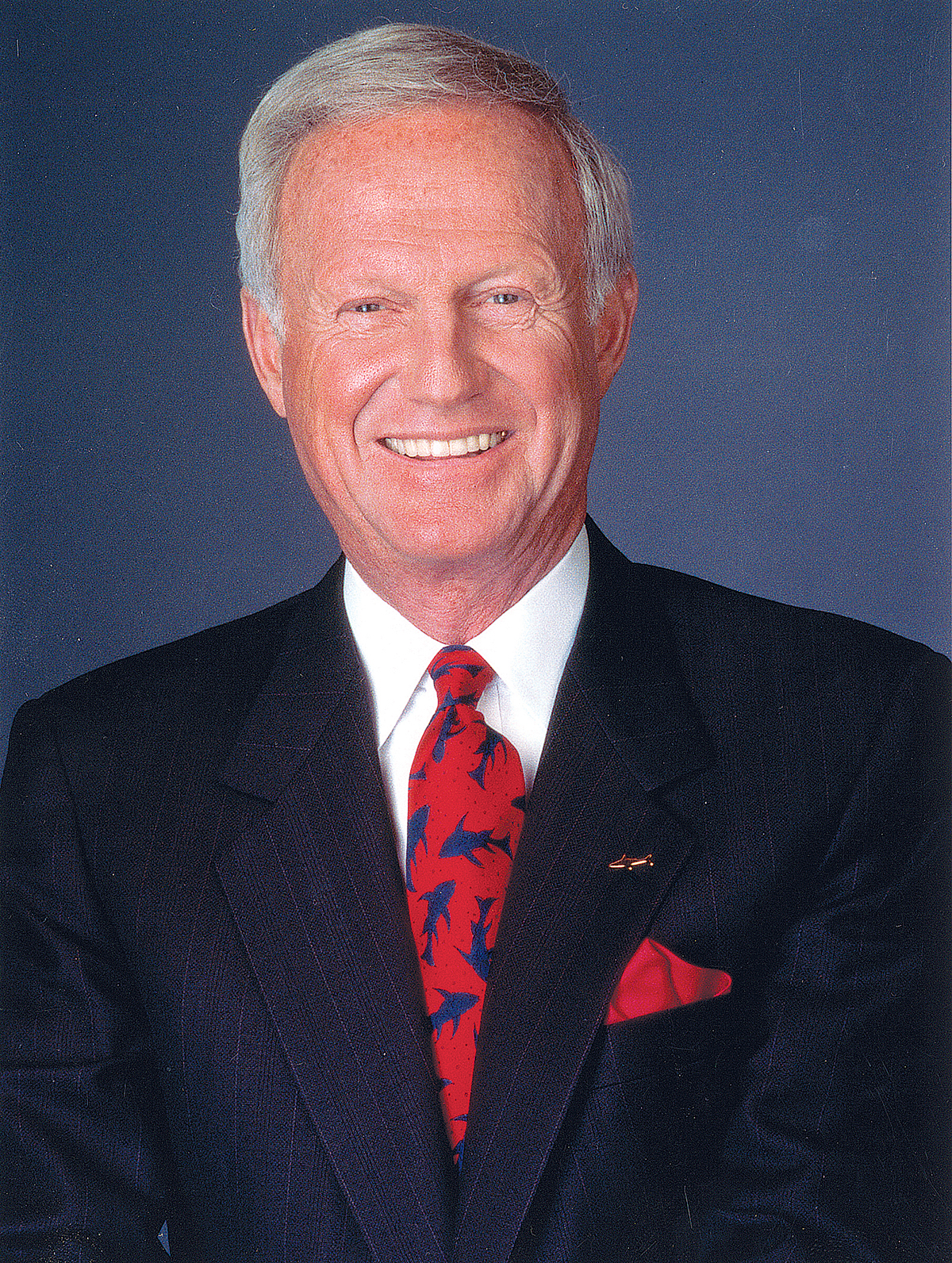When I was embarking on my “second career,” public speaking, I had a little experience under my belt – member of a Toastmasters group, graduate of Dale Carnegie and a long list of speeches I’d made to community groups and on behalf of various causes, such as getting a stadium built.
Sometimes, I would speak several times in a day, trying to reach as many groups as possible. My message was often only as good as my voice.
So I did what I always do when I know I can do better: I went out and hired a public speaking coach. As it turns out, the fellow I have been working with is more than a coach. He is just a few ticks shy of being a miracle worker.
I’m talking about Roger Love, who has coached speakers, singers, internet marketers and plenty of folks who understand the power of the voice and the impact it has on careers. His updated version of “Set Your Voice Free,” first published in 1999, presents material that helps readers “showcase the best of yourself – your talents, your passion, your originality, your authenticity.”
I was quite fascinated by the anatomy lessons that form the basis of Love’s research and teaching. When you know how your voice works from the inside out and how to best take care of it, your attitude will change. As Love said, “The human voice is set up to speak or sing 24 hours a day without getting hoarse or strained or creating any physical problems.”
That information was especially helpful to me, because my voice is my living. Whether I am delivering a speech, making a sales call, making contacts for charitable or community causes or mentoring future entrepreneurs, my voice needs to be strong and convincing.
He helped Reese Witherspoon and Jeff Bridges find their singing voices when they were preparing for movie roles that required them to stretch their limits. He worked with John Mayer and Gwen Stefani to expand their ranges and keep their voices in top shape despite demanding performance schedules.
Love’s techniques are clearly explained in his book, which makes it simple to practice them on your own. He said, “If you know how to control the pitch, pace, tone, volume and melody of your voice, you can consciously use them to guide the emotions of your listeners and magnify the impact of every communication you have.”
He acknowledges that great speaking and singing are not about being the best, but about being unique.
“True artistry in speaking comes from creating a convincing blend of three elements: what you say, the way you say it and who you are,” Love said.
The real take-home for me is that how I use my voice is nearly as important as my message. We learn how to talk at a very young age, and I suppose we figure out soon after which cute little voices will help us get our way. But through years of school and career, are we really using our voices to generate the best effects?
Love discusses four key feelings you need to evoke in people to make them like and believe you: happiness, gratefulness, passion and confidence. Learning how to project these key feelings will have marked effects on how your message is received.
The advent of television singing competitions and videos that go viral have, Love said, “changed the landscape for singers, offering them new opportunities … and opening the public’s imagination to the possibilities of where our voices can be.”
Coincidentally, he credits the revolution to “The Voice,” the television competition that asked its judges to do blind auditions, facing away from the contestants while they sang. The voice alone did the selling, he said. “All of us realized that no matter what you look like, no matter what your age or background, if you can create the right sounds, people will see beauty, kindness, intelligence and uniqueness in you.” n
Mackay’s Moral: How you use your voice speaks volumes about you.
Harvey Mackay is the author of the New York Times best-seller “Swim With the Sharks Without Being Eaten Alive.” He can be reached through his website, www.harveymackay.com.












